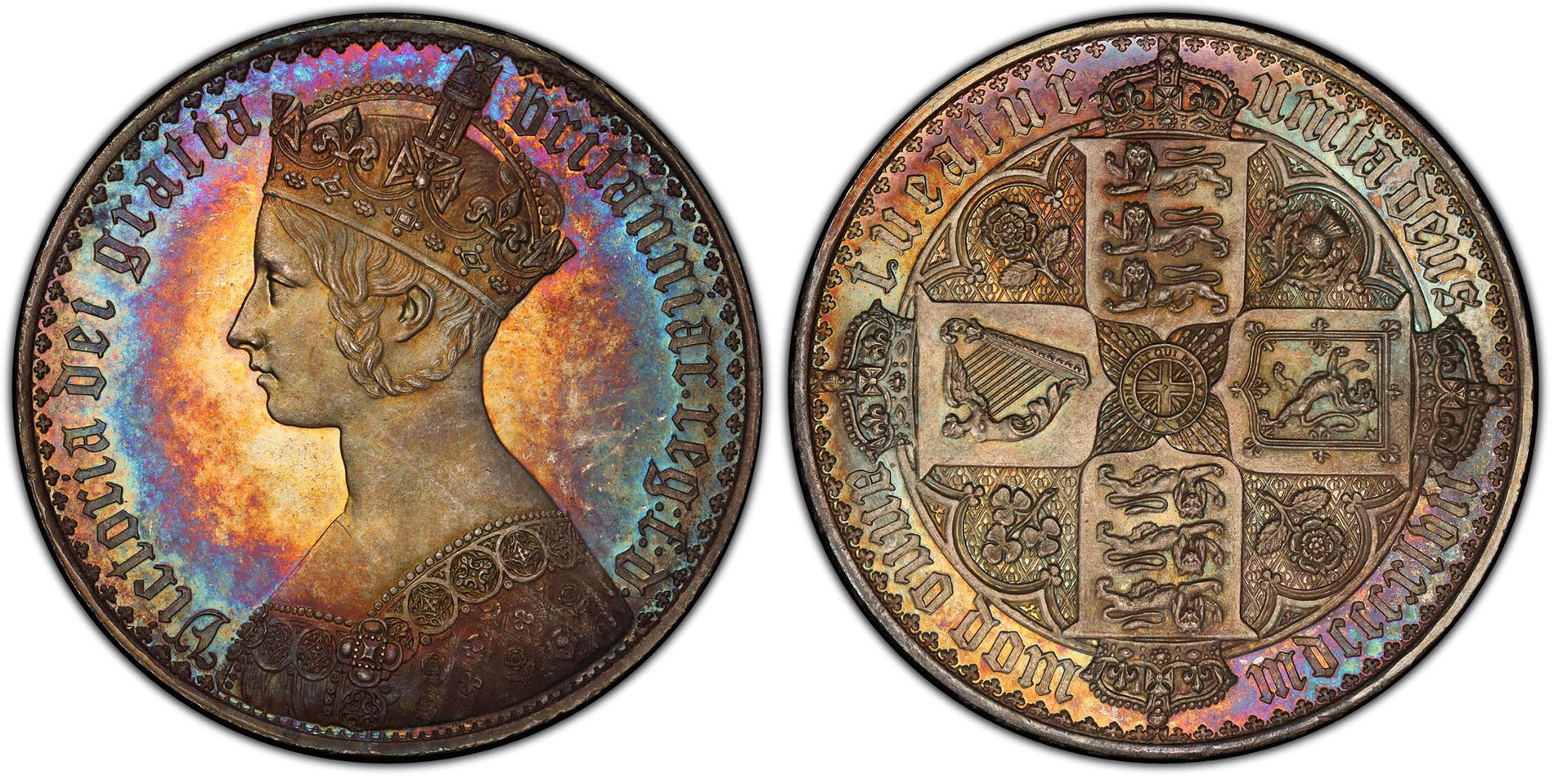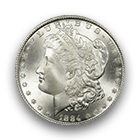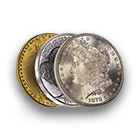St. Patrick’s Day usually calls to mind images of cheery rainbows, smiling leprechauns, and heaping pots of gold, but coming from just beyond the sweeping clover-green fields of a land the Irish call “Eire” is a tale of a deposed king and the rouge coinage he authorized in a pursuit to recapture his crown. The story is true. The coins are real. And the mystique behind this niche of Irish numismatics? Unrivaled.
A Dethroned King
The year is 1688, and King James II of England was ousted from his throne during the Glorious Revolution. The last Catholic monarch to serve Britain, King James II was forced from his duties as reigning monarch of overwhelmingly Protestant England.
His gestures toward favoring Catholicism throughout government and aim to centralize power around the throne, not much unlike his Catholic monarch cousin King Louis XIV of France, led to a bloodless but effective revolt among the people. Usurped by Protestant William III of Orange and Mary, King James II first made tracks to France before settling in Ireland in early 1689. It was there where he plotted to unseat William III and Mary, and then retake the crown he had formerly donned.
Melting Metal for Money
Precious metal was in scarce supply in Ireland, so James II and his advocates turned to melting old guns, bells, cannons, and even food utensils, to create base-metal Irish coins to be known as Gunmoney. These pieces were struck at the Dublin and Limerick Mints beginning in June 1689 and were made into sixpence, shillings, half crowns, and crowns. They were deemed by James II as legal tender for small debts before expanding its monetary validity for paying all debts.
The coins also bore both the month and year of production, with the intent that James II would eventually redeem the coins for silver coinage after reclaiming his crown. The implementation of adding a month and year to Gunmoney was to facilitate a gradual replacement of gunmoney with silver, though this would never come to fruition.
James II never won back his throne. The Williamite War of Ireland that he and his supporters waged from 1689 through 1691 became a lost cause. William III’s military forces claimed the Dublin and Limerick Mints and while Gunmoney carried on into 1690 with the production of smaller coins, such as halfpennies and farthings struck over earlier gunmoney, it was the end of the line for James II. William III went on to wear the British crown. Protestant monarchs rule the English realm to this day. The dejected James II moved to France, dying there in 1701 at the age of 67.
Gunmoney Reigns Popular Still
Gunmoney continued circulating in Ireland for some time and it was also convertible to English money at reduced exchange rates. Thankfully for collectors today, some examples of Irish Gunmoney survive, including some proofs. Some of these proofs and trial strikes are found in gold, silver, and tin, and these are all rarities among rarities.
Series specialists pursue not just the various denominations but also varieties noted among these coins. For example, with the crowns there are pieces exhibiting likenesses of different horsemen and positionings of their sword. Other varieties concern the spelling of months and various axial orientations.
Collectors can purchase examples of Irish Gunmoney for anywhere from a few hundred dollars up into the multiple thousands, with prices dependent on the scarcity, metallic composition, and overall grade of given specimens. They all can have a home on the PCGS Set Registry, where several set categories are aimed at collectors of Irish Gunmoney. Among these sets is the Irish Gunmoney Type Set, Circulation Strikes (1689-1690), which is a fantastic place for both beginners and advanced collectors of Irish Gunmoney to get their numismatic “Erin go Bragh” on. Sláinte!







 Copper & Nickel
Copper & Nickel
 Silver Coins
Silver Coins
 Gold Coins
Gold Coins
 Commemoratives
Commemoratives
 Others
Others
 Bullion
Bullion
 World
World
 Coin Market
Coin Market
 Auctions
Auctions
 Coin Collecting
Coin Collecting
 PCGS News
PCGS News